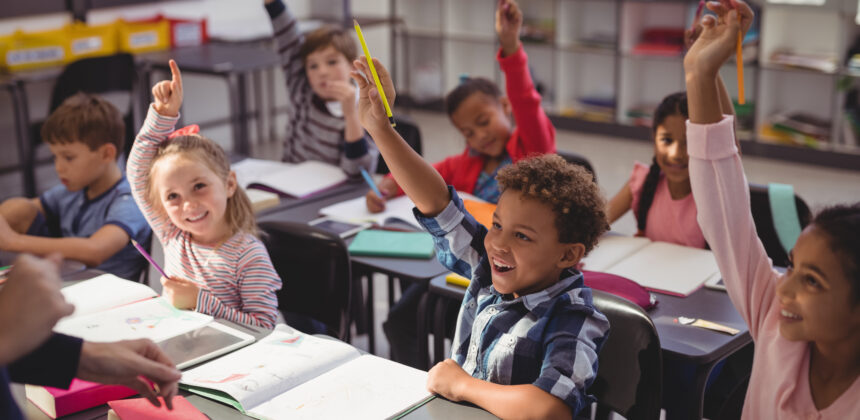Unlocking Success in the Classroom: Effective Lesson Planning Tips for Teachers

effective lesson planning tips – Lesson planning is a cornerstone of successful teaching. It ensures that educators are prepared, organized, and equipped to deliver meaningful learning experiences. For teachers striving to make a lasting impact, adopting effective lesson planning tips is essential.
This article will explore the importance of lesson planning, break down its components, and provide actionable effective lesson planning tips to optimize your teaching strategy.
Why Lesson Planning Matters
Effective lesson planning offers multiple benefits:
- Clarity of Objectives: Helps teachers outline specific goals for each class.
- Time Management: Ensures that all key topics are covered within the allotted time.
- Student Engagement: Prepares teachers with creative activities to capture students’ attention.
- Flexibility: Provides a structured framework while allowing room for spontaneity.
Key Components of a Lesson Plan
To craft a lesson plan that ensures success, include the following elements:
- Learning Objectives: Clearly define what students should achieve by the end of the lesson.
- Materials and Resources: List all tools, handouts, or digital resources required.
- Introduction: Plan an engaging start to capture students’ attention and set the tone.
- Main Activities: Organize the core instructional content and activities.
- Assessment: Include methods to evaluate whether learning objectives were met.
- Closure: Summarize key points and provide room for reflection.
Effective Lesson Planning Tips for Teachers
1. Set Clear and Achievable Goals
Start with well-defined learning objectives. Use the SMART criteria (Specific, Measurable, Achievable, Relevant, Time-bound) to ensure clarity and feasibility.
2. Align with Curriculum Standards
Ensure that your lesson plans align with school or district standards. This guarantees that your teaching meets required benchmarks.
3. Incorporate Differentiation
Cater to diverse learning needs by including activities that address various learning styles:
- Visual learners: Use diagrams, charts, and videos.
- Auditory learners: Include discussions, lectures, or audio clips.
- Kinesthetic learners: Plan hands-on activities and experiments.
4. Utilize Backward Design
Begin with the end in mind. Identify the desired outcomes first and then plan activities and assessments that lead students to achieve those goals.
5. Use Engaging Hooks
Start lessons with attention-grabbing elements like:
- A thought-provoking question.
- A short video or image related to the topic.
- A quick interactive activity.
6. Allocate Time Wisely
Break your lesson into segments:
- 5–10 minutes for the introduction.
- 20–30 minutes for the main activities.
- 10–15 minutes for assessment and closure.
7. Incorporate Technology
Leverage tools like Google Slides, Kahoot, or Edpuzzle to make lessons interactive. Technology can simplify planning and create a dynamic classroom experience.
8. Prepare for the Unexpected
Always have a backup plan in case of technical difficulties or if the lesson progresses faster or slower than expected.

9. Review and Reflect
After each lesson, take a few minutes to evaluate its effectiveness:
- Did students achieve the objectives?
- What worked well, and what could be improved?
Use this feedback to refine future plans.
10. Collaborate with Peers
Share ideas and plans with colleagues. Collaborative planning often results in more creative and well-rounded lessons.
Tools and Resources for Effective Lesson Planning
Here are some tools to streamline your lesson planning process:
- Planbook: Digital lesson planning with standards integration.
- Notion: Organize and store lesson ideas, materials, and schedules.
- Teachers Pay Teachers: A platform to buy and share lesson plans.
- Khan Academy: Free resources and tools for various subjects.
Balancing Structure and Flexibility
While structured planning is vital, it’s equally important to be flexible. Every classroom is unique, and lessons may require adjustments based on student engagement and understanding.
Conclusion
Mastering effective lesson planning tips is a skill that evolves with experience. By setting clear goals, using engaging methods, and reflecting on outcomes, teachers can create impactful learning experiences. Whether you’re a new educator or a seasoned professional, continuously refining your lesson planning techniques will lead to greater success in the classroom.












